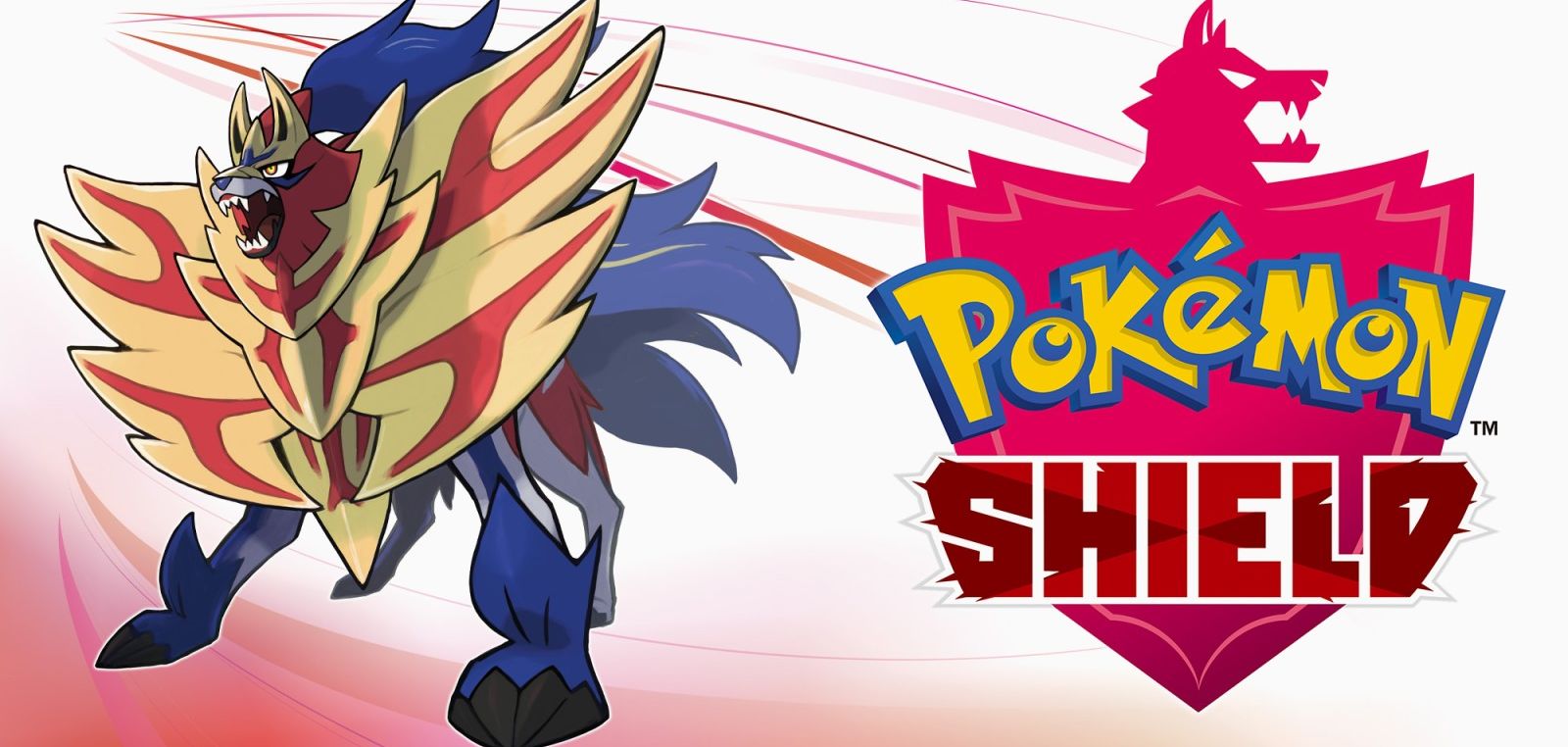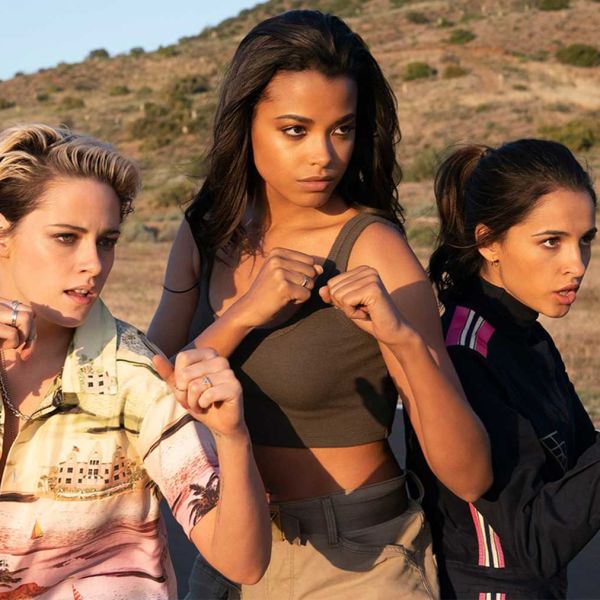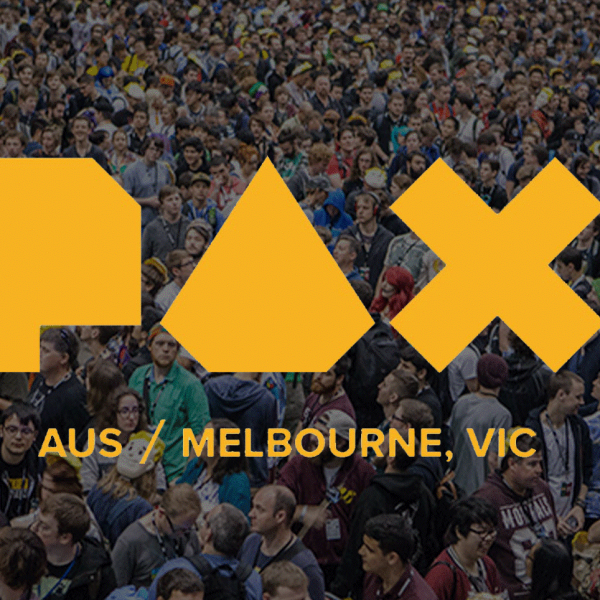The first Pokémon game I ever finished was Pearl.
Way back in 2006, 10-year-old me used to spend hours squirrelled away under my doona, trying to beat Pastoria City’s water-type gym with my team of fire Pokémon. I lost count of the number of times I had to slam my DS shut under my pillow and pretend to be asleep when my parents came to check on me. Even though I was bleary-eyed and grumpy the next day, it was all worth it when I finally defeated Champion Cynthia.
As any good Nintendo/Game Freak fan knows, November is generally a big month for the franchise, and 2019 was no different. Revealed in February this year, Sword and Shield promised big things. Dynamaxing! New regional Pokémon! No connection to Pokémon Go! As someone who was mildly disappointed by the hand-holding of Let’s Go!, I was optimistic that these new games could be a return to the style of game I loved so much when I was younger.
While the Pokémon franchise may have changed in the last thirteen years, it turns out I haven’t. Being ‘an adult’ only means that I don’t have to beg mum for the game anymore. I chose to buy Shield, based on the legendary Pokémon looking goofier and the colour scheme being pink (like Pearl!). I’m still as loyal as ever to fire-types, so of course I chose Scorbunny as my starter. All the traditional aspects of the franchise were there: leaving a small hometown, meeting an old professor named after a plant who gifts you a Pokédex, and having an annoying rival who never shuts up. There’s also the classic legendary B-plot to the main gym-oriented adventure, which is always my favourite part of the game. While the climactic event in Shield was easy to spot from early on, it didn’t make the lore any less interesting.
From the start, however, it was clear that the gameplay of Shield was different to previous Pokémon instalments. There were no more ambushes in long grass, with the visible Pokémon feature from Let’s Go! carrying across into the Galar Region. While I do relish not being attacked by Zubats every three seconds in a cave, at points it almost feels too easy to avoid them if you wish. Similarly, being able to tell when a trainer can see you on the routes, thanks to an anime battle-style vignette that closes in on the screen, makes it way too easy to sneak around them. The only saving grace is that some Pokémon (notably the ones that look like cats and dogs, such as Liepard and Yamper) will chase after you if they see you. While 10-year-old me would have appreciated these features, 23-year-old me found them to be a bit insulting.
It also seems that the length of the routes between towns has been drastically shortened, although being able to avoid wild Pokémon and trainers certainly wouldn’t help this. I found myself looping back through the routes and intentionally running into wild Pokémon in order to level my team up, particularly at the start of the game. They’re also packed with items, making it quite easy to amass a lot of money very quickly if that’s your thing. I frequently found Nuggets and Mushrooms on the main path, along with a huge number of TMs. In exchange for these shortened routes, however, Shield and Sword have the Wild Area – a true standout of the whole game.
The Wild Area is an open-world style area, stylistically similar to the stunning Breath of the Wild, but with Pokémon. While players first come across it early on in the game, it becomes really enjoyable once you’ve got a solid team together. I spent hours just running around the area catching Pokémon to fill my Pokédex and collecting items. If you’re online, you can talk to other trainers who will often give you an item you can use to cook curries. On release day the online function was a bit glitchy for me, but it’s improved dramatically in the week since. You can also team up for Max Raid Battles, trade Pokémon and visit the campsites of people all around the world. It’s big step up from the old DS Wireless Communication trades!
The Max Raid Battles are a highlight, in which a team of four trainers battle a Dynamaxed Pokémon. Dynamaxing basically means the Pokémon are much bigger, stronger and scarier than their usual form. These can be really difficult to beat but if you succeed you’ll be well-rewarded. They’re also a great way to level up high-level Pokémon when normal wild Poké battles aren’t cutting it anymore. There are certain rare Pokémon you can only get from these battles, so it’s worth spending the time if you’re the type who likes to have a full Pokédex. The Wild Area also has some big, high-level Pokémon that will chase after you if you get too close. Unlike Yamper, they’re hard to outrun and depending on where you are in the game, they can seriously damage your team. That’s really what makes the Wild Area so good, though – it was the one place in the game where it doesn’t feel like your hand is being held anymore.




